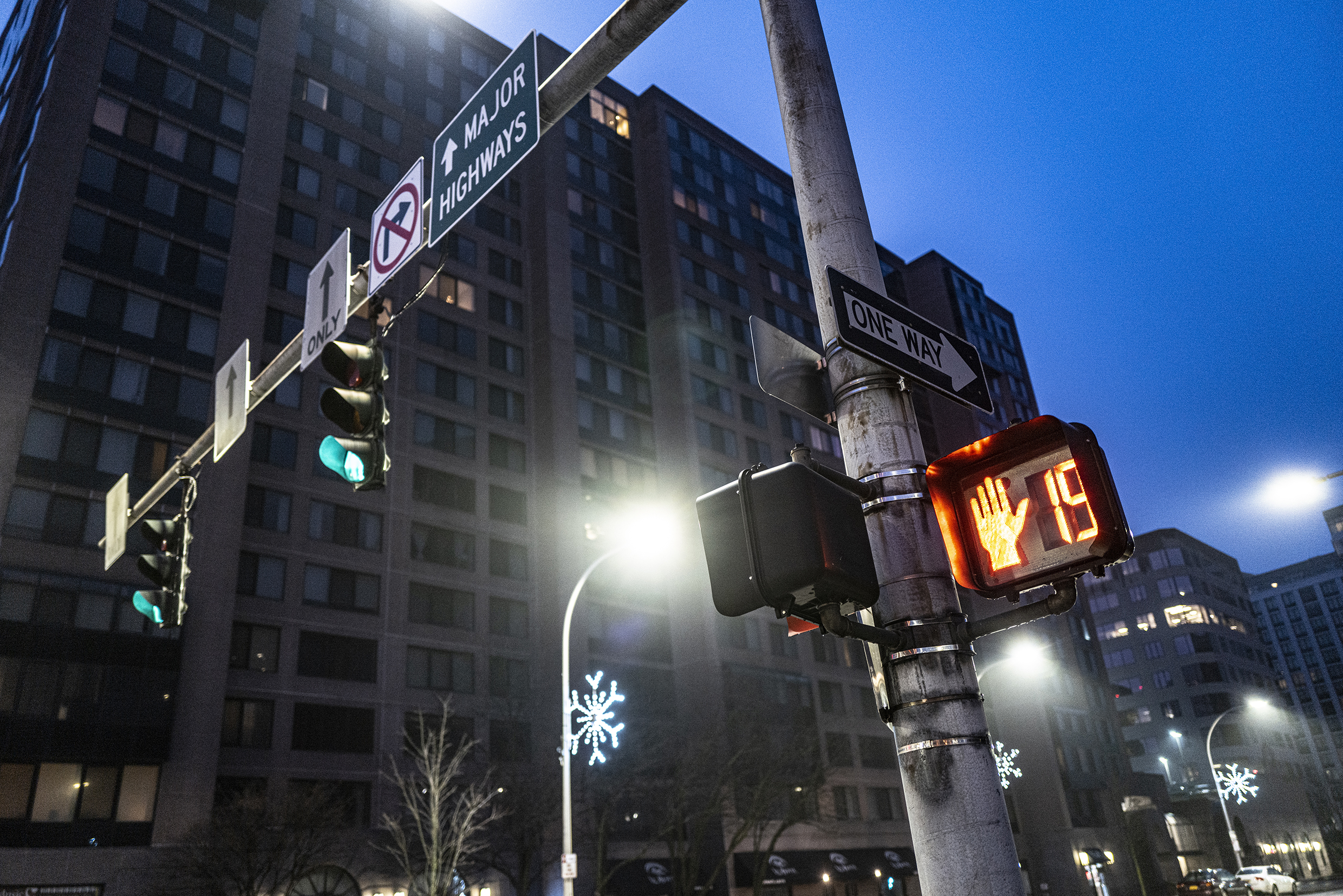
Street lights have evolved to be more than just a way to illuminate roadways. Now they are considered strategic assets. Communities can utilize street light infrastructure to collect and share information and empower communities to make data-driven decisions. Think of:
- Public safety: video analytics, noise and motion monitoring, gunshot detection,
- Environmental: air quality, ice and snow detection, sewer and stormwater monitoring, weather detection,
- Transportation: traffic optimization, traffic monitoring, parking management,
- Connectivity: digital kiosks, connected vehicles, smartphone applications.
The New York Power Authority (NYPA) has partnered with Signify, the Eindhoven based smart lighting specialist, to support Smart Street Lighting NY. The project, launched in early 2018 by New York Governor Andrew Cuomo, aims to replace at least half of the more than one million streetlights in the State of New York with an energy-efficient, sustainable and smart alternative. There’s a business in it for New York as well: through the program, NYPA wants to set an example for the rest of the country, providing financial, logistical, technical, and informational support for cities who choose to upgrade their street lighting systems.
“The system will help cities reduce their energy consumption and carbon footprint, and make them more livable and safer for its citizens.”
Signify
In collaboration with NYPA, Signify not only acts as a tech provider but as an advisor to and strategic partner of both NYPA and other participating municipal governments as well. For Signify, the ‘connected LED luminaires’ are closely aligned with its Interact City IoT lighting system. Signify says this will help cities reduce their energy consumption and carbon footprint, and make them more livable and safer for its citizens.
Abebe Woldemariam is the street lighting program coordinator for the city of Rochester, which already has a couple of years of experience with the Interact City program. He says the platform opens up a variety of options for city maintenance and governance. “With Interact City, we can now remotely monitor the system via a central dashboard, identifying required maintenance very quickly. Should any glitch occur, the system pro-actively prompts managers even before our residents have noticed, and that’s a big plus.”
“Should any glitch occur, the system pro-actively prompts managers even before our residents have noticed, and that’s a big plus.”
Abebe Woldemariam
“Urbanization, digitalization, and sustainability continue to drive key actions associated with Smart City engagement, even in today’s climate,” said Signify’s Head of North Americas Systems & Services, Martin Stephenson. In this project, “communities can improve light quality, generate significant energy savings, and improve citizen safety and wellbeing using our technologies”, he said.
A connected infrastructure
While lighting is only one aspect of a total smart city ecosystem, it can lay the groundwork for city-wide connected infrastructure, Signify claims. “Once connected streetlights are installed and managed with Interact City, a municipality can add sensors to monitor various aspects of the system and environment, improving urban quality of life and management,” Martin Stephenson added.
Wi-Fi, charging, help for first responders
“By deploying streetlight tilt/vibration and noise sensors on connected streetlights, for example, the city municipality can help protect roads and drivers by rectifying streetlights and poles when they are out of position and identify areas where noise reduction measures are needed. With its open APIs, Interact City can share data collected via sensors with the IT systems of firefighters, emergency medical services, and other first responders, enabling them to react more quickly when incidents occur. Also, smart streetlight poles like BrightSites can serve as suitable places on which to hang cellular equipment bundles and host Wi-Fi transmitters for online access or even act as charging stations for electric vehicles.”




